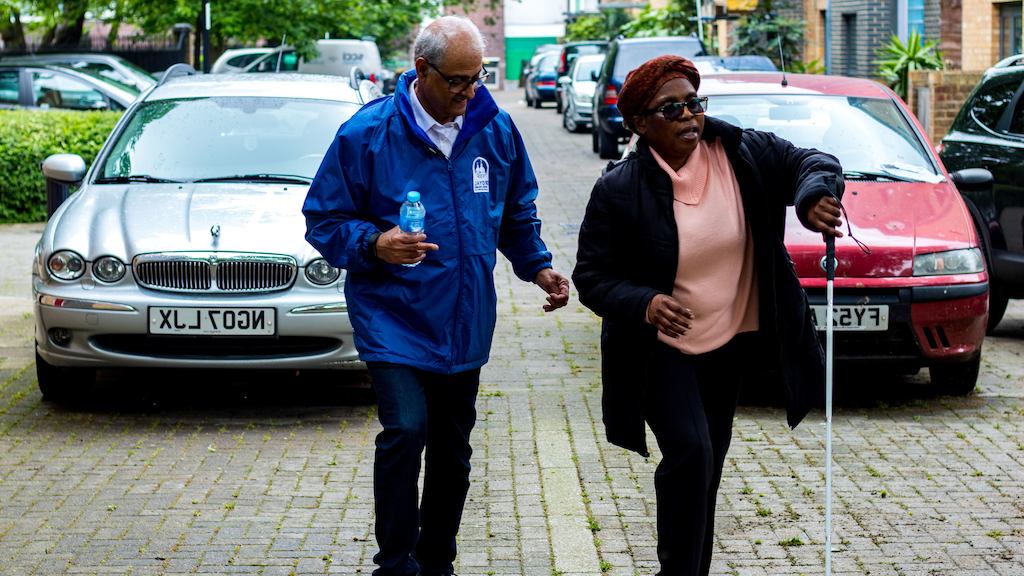Volunteering for a better later life

People aged over 75 are just as likely to volunteer once a month as people aged 16-49. We think it’s time to focus on older volunteers too.

Dan
Jones

People aged over 75 are just as likely to volunteer once a month as people aged 16-49. We think it’s time to focus on older volunteers too.

Contact our team for more information
Contact us